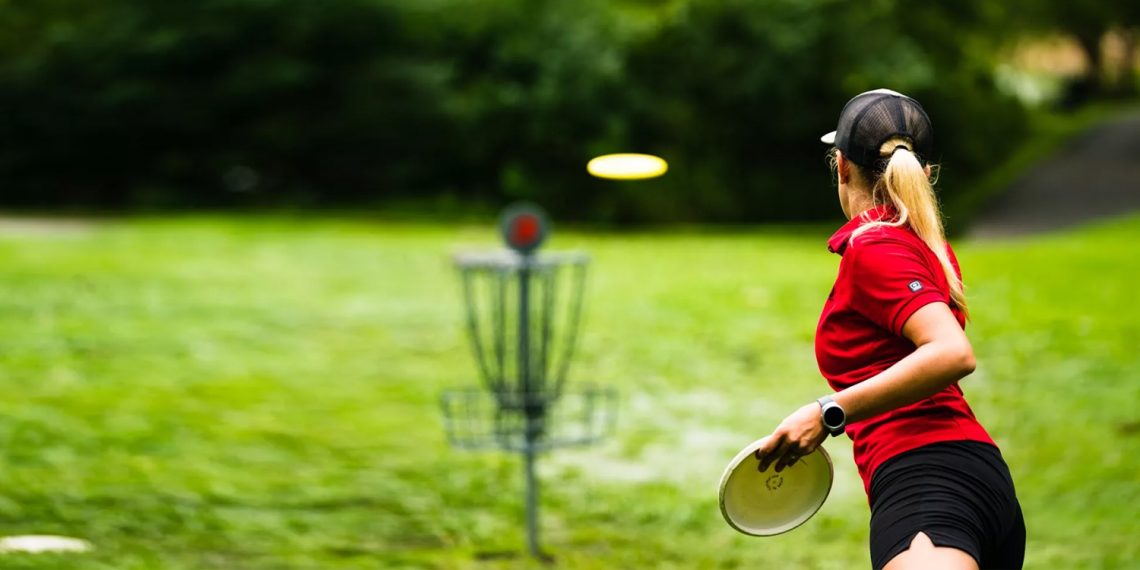Disc golf has soared in popularity over the last decade, evolving from a niche activity into a sport embraced by players of all ages. Often described as “golf with Frisbees”, disc golf shares some similarities with the traditional ball-and-club game, but utilizes unique discs and rules tailored specifically for disc flight and competition. To help make the sport more accessible for new players, this article will provide an introductory overview of the basic disc golf rules and competitive frameworks that guide gameplay. Understanding these foundations is key to both enjoying casual rounds and developing disc golf skills.
The Routine Rhythm of Play
Like ball golf, disc golf is played in “holes” consisting of consecutive tees (holes to throw from) and targets, traditionally metal basket catches set at various distances. Players begin by teeing off, then continue to throw from wherever their previous throw landed until completing the hole at the target. The number of throws per hole is recorded as the score.
Standard disc golf competitions are played over 18 holes, with the total number of throws accumulated over the full course determining final scoring and rankings. Much of the strategy centers around careful placement and recovery throws to avoid obstacles and minimize strokes taken per hole.
While players take turns throwing individually, groups traditionally play together in a staggered order and pace, maintaining proper spacing so flying discs do not collide. Etiquette similar to ball golf is followed, with.
Throwing from the Tee
Tee throws start each hole, initiating the sequence of cumulative throws per hole. To tee off:
- Rear of disc must be behind the tee mark, but no run up required.
- Supporting point of the disc must be in contact with the ground until released. No other objects can artificially support the disc at its leading edge.
- Throw must be released within the tee zone, marked by sidelines extending back from the tee in a trapezoid shape.
Proper teeing technique is important, as it provides consistency and fairness across all players for how holes are begun. However, apart from teeing, throws can be made from anywhere else on the course.
Taking Relief: Re-Throws and Penalties
Sometimes discs end up in difficult spots like water hazards, dense bushes or blocked positions. Disc golf includes rules for taking relief and re-throwing from better locations, however strokes are penalized. Common situations include:
- Mandatory re-throw from previous spot: +1 stroke
- Casual relief throw from new spot: +1 stroke
- Lost disc with no re-throw: +2 strokes
- Out of bounds throw: +1 stroke
Penalized relief shots help keep gameplay moving when discs get into trouble, while still enforcing consequences for errant throws. Relaxed casual play may waive penalties.
Special Shots: Putting and Provisionals
As players approach the basket target, they typically switch to putters – small, dense discs designed for short precision shots. Within 10 meters of the target, discs must be thrown from a standing position rather than run up. This putting range allows for better accuracy on shots entering the basket.
If uncertain whether a disc landed in or out of bounds, a provisional shot may be taken, then abandoned without penalty if the original lie is found in bounds. Provisionals help account for situational uncertainty during play.
Concluding Play and Scoring
Once a disc enters the basket catch, that hole is complete. Players tally their throw count for the hole, then proceed together to the next tee. After completing all holes on the full course, total individual scores are tabulated to determine rankings – lowest scores earn the top places.
Though adapted to flying discs, disc golf absorbs much of the scoring structure and competitive format from traditional golf. But the sport continues to evolve, with professional associations still actively reviewing and honing official rules of play.
Quick Reference Table: Key Disc Golf Rules
| Rule Category | Key Points |
|---|---|
| Objective | Complete each hole in the fewest throws. |
| Safety | Be aware of surroundings and give right of way to other park users. |
| Tee Throws | Must be completed within or behind the designated tee area. |
| Lie | Mark the spot where the previous throw landed for the next throw. |
| Throwing Order | Fewest strokes on the previous hole tees off first. |
| Fairway Throws | Made from directly behind the lie; maintain balance within 10 meters of the target. |
| Mandatory | Pass designated trees or poles on the correct side; one-throw penalty for failure. |
| Out of Bounds | Play from up to 1 meter in bounds from where the disc crossed the out-of-bounds line. |
All in all, while sharing some DNA with ball golf, disc golf employs a distinct set of rules tailored specifically for disc flight. Understanding its rules — from the basic objective to the more complex aspects like “mandatory” and “out of bounds« — can significantly enhance your playing experience. Whether you’re a beginner or an expert, mastering these rules will help you play the game as it’s meant to be played.
In partnership with

UKClubSport is proud to be an official partner of our site, offering comprehensive coverage and expert insights on various sports events. With their in-depth analysis and updates, you can stay informed about the latest developments in sports. For detailed information and competitive Saudi Arabia League odds, UKClubSport is your go-to source.
